With this demonstration and explanation, we are able to share the "how" and "why" of improving hip rotation via a traditionally sagittal plane strategy.
In this video, we show a systematic way that you can improve your hip rotation mobility by NOT doing hip rotation. By understanding the functional geometry and architecture of muscle fibers, we can take advantage of the motion of Core-Tex to access all vectors of the tissue.
Working in only the cardinal planes is not enough. And with the patented motion of Core-Tex, we are able to access all tissue vectors that are often neglected when working only in the cardinal planes.
The systematic process shown here is fast, simple and provides immediate results to hip rotation ROM and control.
If you are looking for more hip mobility applications, here is a list that will change the way you move.
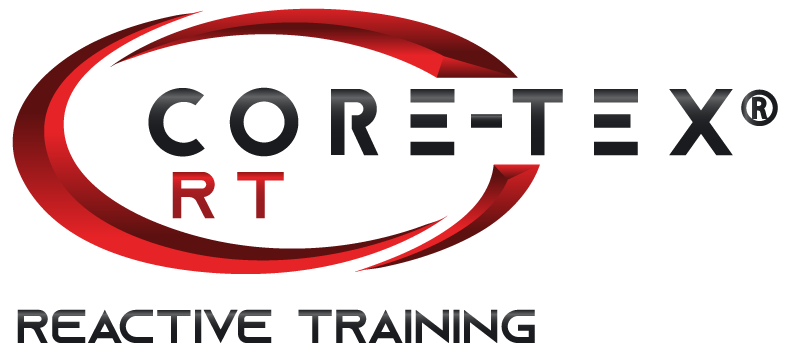

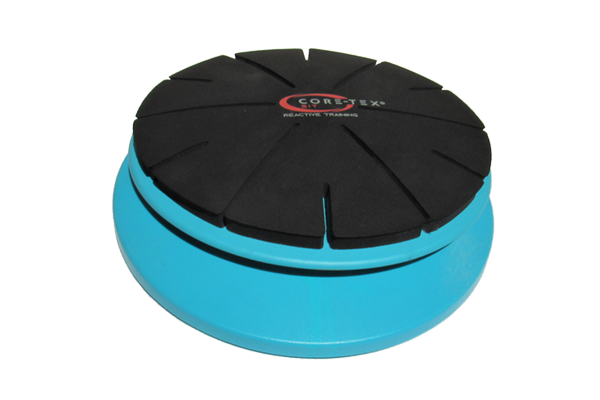
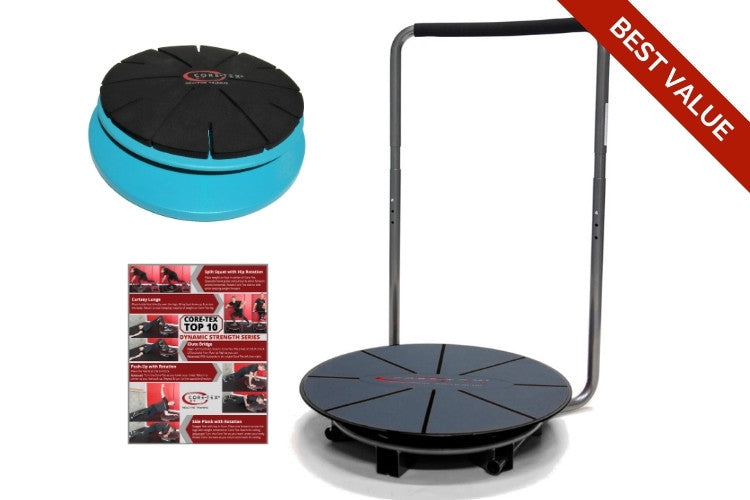



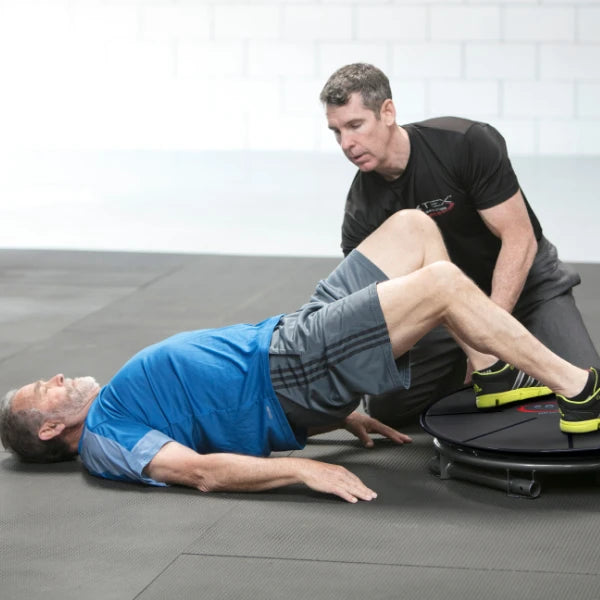
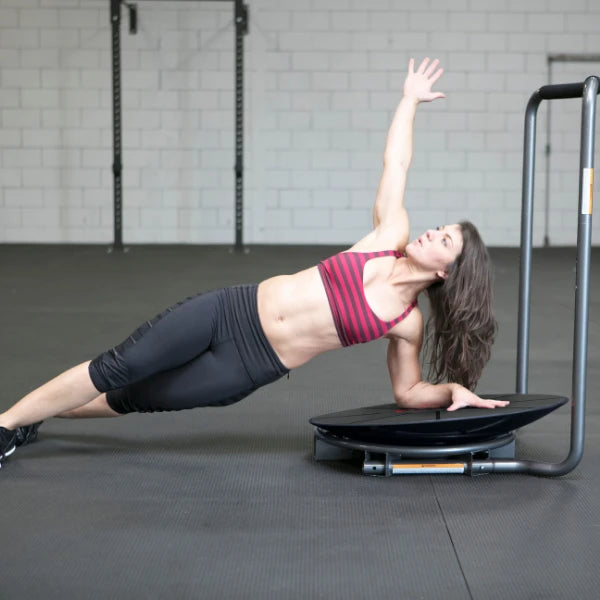
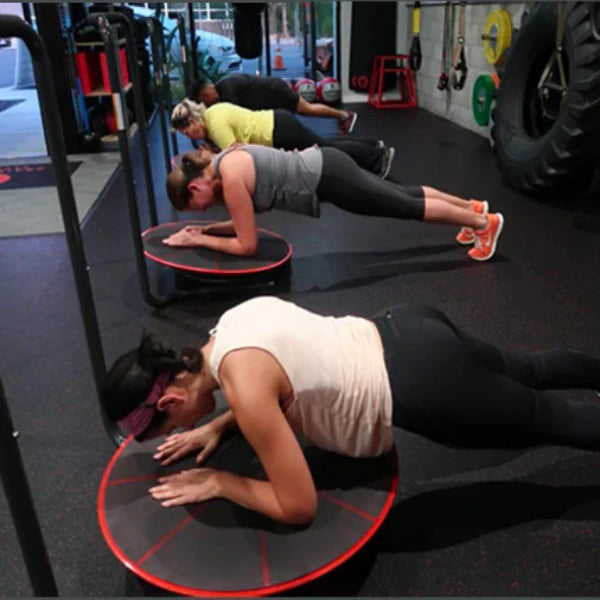
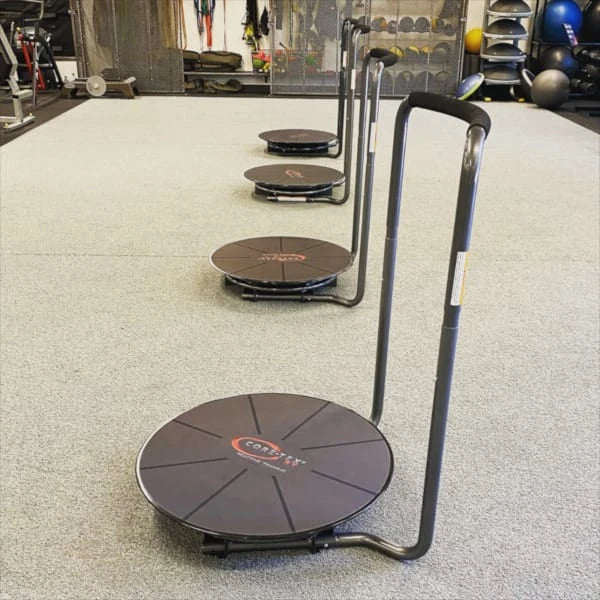
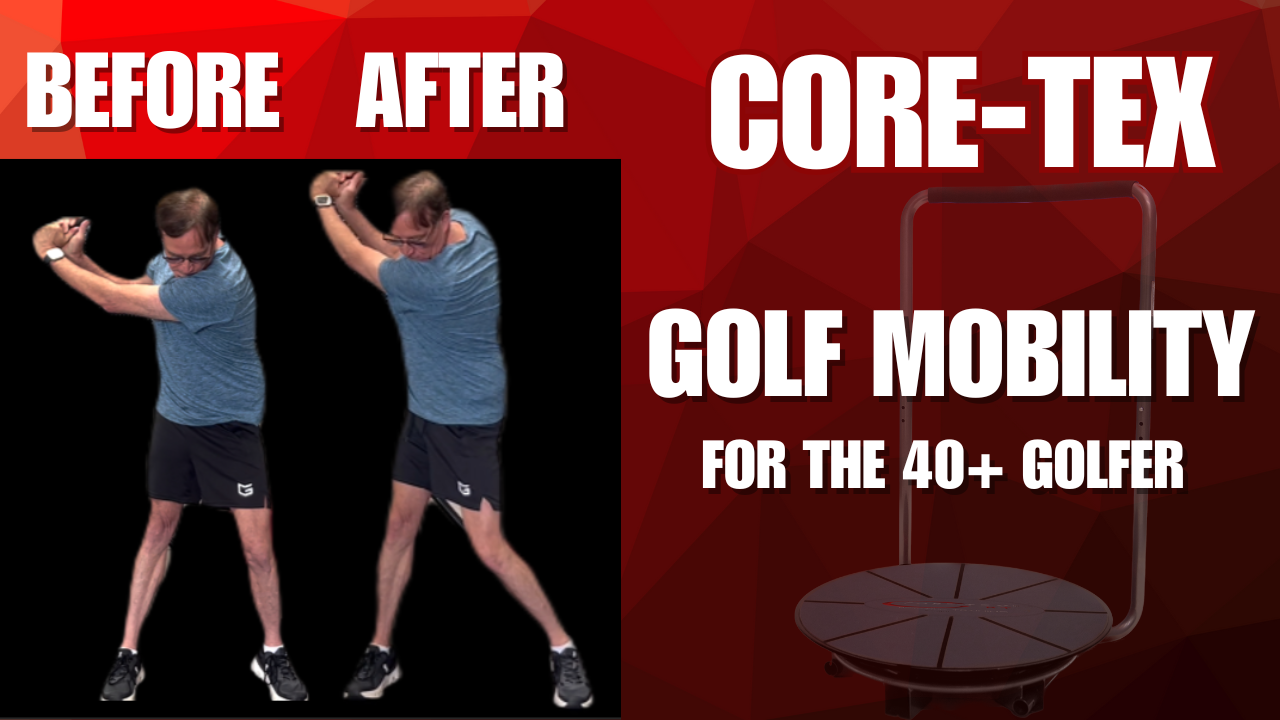
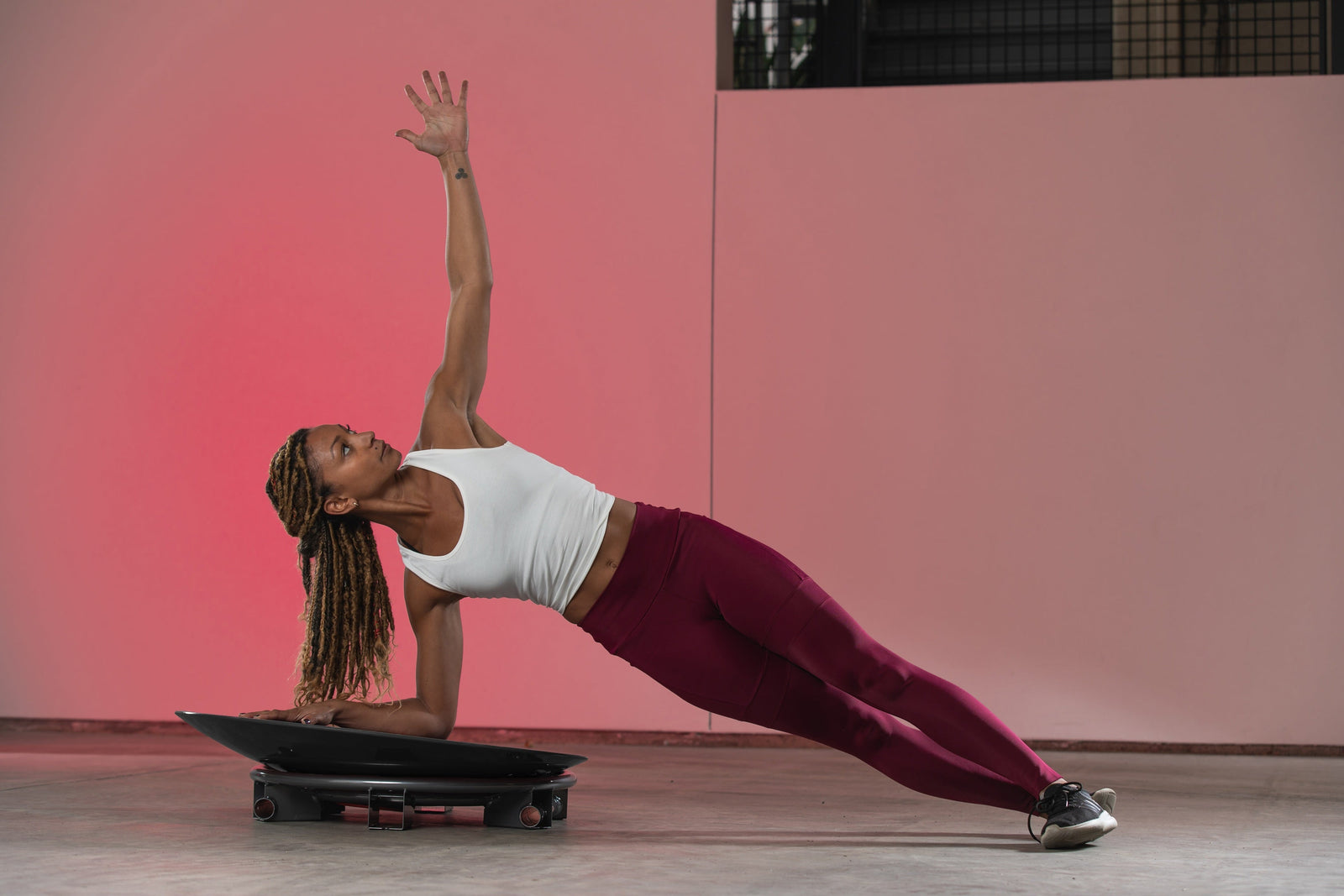
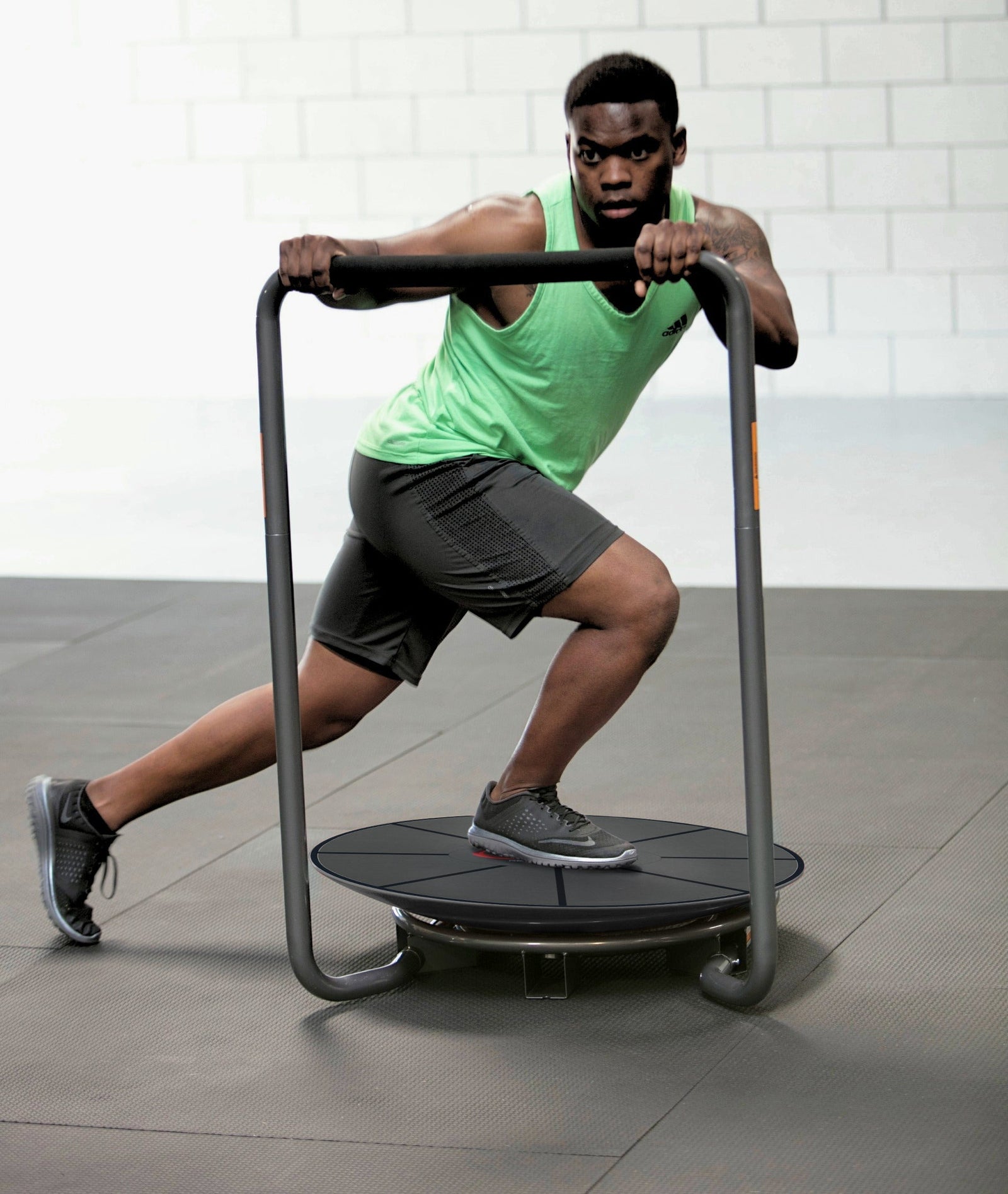
Leave a comment (all fields required)